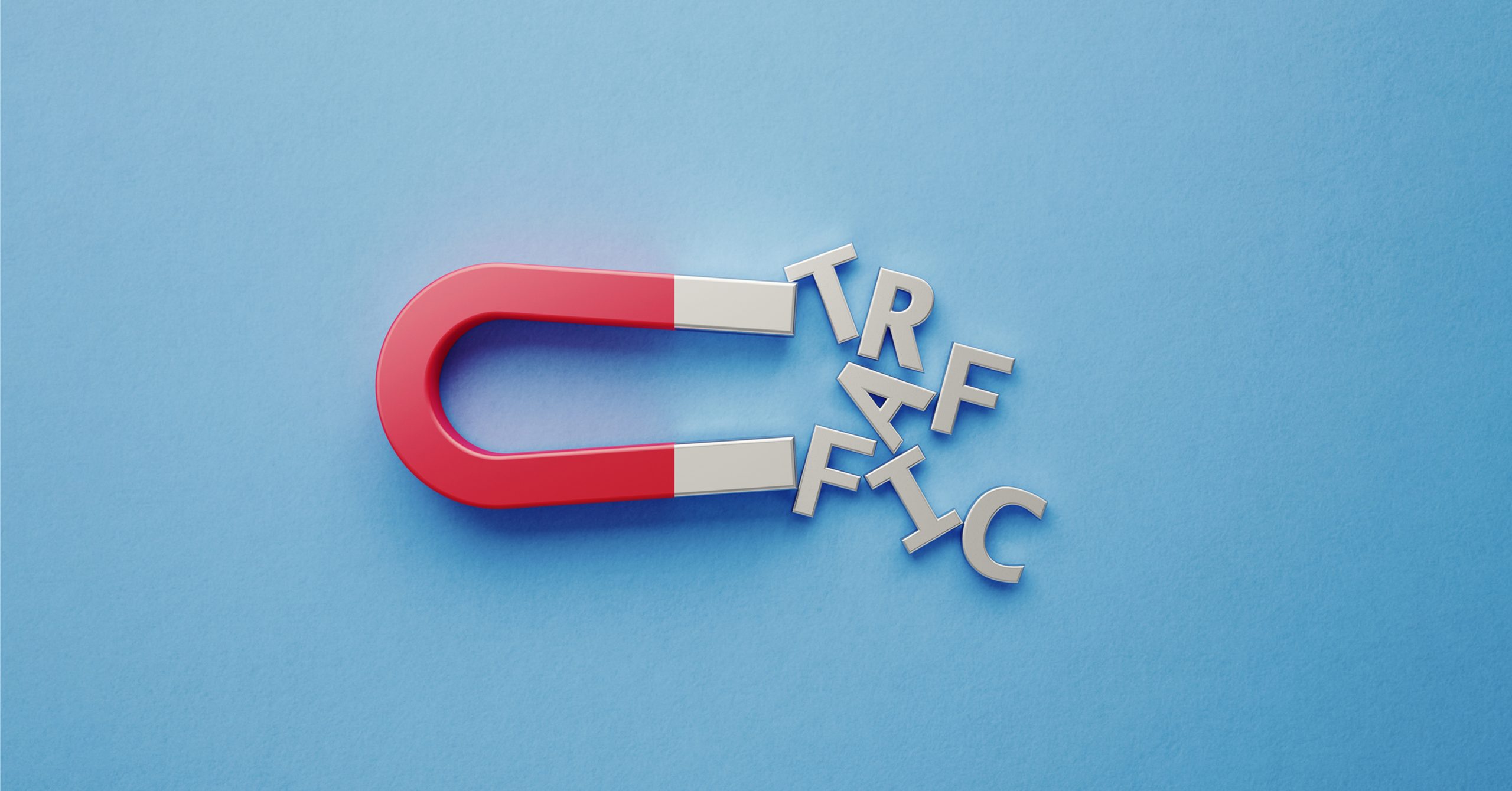When you think about search engine optimisation, the first thing that probably springs to mind is keywords. However, comprehensive SEO goes beyond that. Internal linking not only helps your visitors discover more webpages within your website, but it’s also a vital part of any well-thought-out marketing plan.
So, what is internal linking? Most importantly, how do you implement an internal linking strategy? This blog will cover the following:
- What is internal linking?
- Why is internal linking important for SEO?
- What are the different type of internal links
- How to build an internal linking strategy
What is internal linking?
First things first, we need to break down what internal linking is. Simply put, it’s any link from one page on your website to another within the same website. These links enable visitors, as well as search engines, to find related content. For example, if your blog post is about coffee, you might want to link to another post on fair trade coffee or the difference between a flat white and a cappuccino.
Internal links are fundamentally important as they establish a hierarchy of content within your website’s architecture. They help users (and search engines) understand the relationship between different webpages and discover new content. Therefore, a good internal linking strategy not only guarantees better SEO results but also drives organic traffic within your site and encourages users to stay on the site longer.
Internal Links vs. external Links: What is the difference?
We’ve briefly explored what internal links are, but how do they differ from external links? While internal links connect to pages within the same domain, external links point to a page on a different website. External links are used to reference external sources, credit original research or content, and provide additional information about a specific topic.
Why is internal linking important for SEO?
The most obvious benefit of internal linking is that it enhances your user experience by making it as seamless as possible for visitors to hop from one webpage to another and find what they’re looking for (and more) along the way.
By doing this, you’ll also boost link equity (or “link juice” in SEO jargon), which is the value passed from one page to another through hyperlinks. So, if there’s a piece of content within your website that’s particularly popular, adding hyperlinks can aid other pages that might not be driving as much traffic.
All this helps search engine crawlers take note of your webpages. Internal links act as pathways that guide these crawlers through your website, helping them discover your content, index pages, and rank them. Having a great internal linking setup ensures no important content is overlooked, so you can rest assured that all the work you’ve poured into your website is being recognized by Google and other search engines.
What are the different types of internal links?
Navigational links
These refer to links usually found in the main menu, sidebar, and footer. They help users easily find important pages like your homepage or product page. Navigational links are not only beneficial for SEO but also improve a user’s experience on your site and make it more accessible overall.
Contextual links
As the name suggests, these links provide additional information or context about a particular topic, so they’re usually embedded within your content in the form of anchor text. They encourage readers to delve deeper into an issue or theme they might not have been familiar with. As a bonus, they’re also valuable for SEO as they provide additional context to search engines on how different content is interrelated.
Footer links
You’ll find footer links at the bottom of a webpage. They enable your visitors to quickly find other pages within the site, such as terms of service, privacy policies, site map, and contact us. While not as easy to spot as navigational links, they contribute to the website’s overall structure and ensure that all important pages are easily accessible.
Sidebar links
Sidebar links are simply backlinks located within a website’s sidebar and can help users navigate to subsections within an article or blog post, important pages like the privacy policy, related posts, products, and so on.
Breadcrumbs
Breadcrumbs are a trail of text links that show visitors the path they took to reach the page they’re currently on. In this way, they enhance user navigation and assist search engine crawlers in understanding your site structure. For instance, a breadcrumb trail on an e-commerce site selling coffee might look like this: Home > Coffee > Beans & Ground Coffee > Ground Coffee > Single Origin.
How to build your own internal linking strategy
Here are our 5 tips for creating a credible internal linking strategy:
Start with a site audit
A robust internal linking (and SEO) strategy requires you to have a deep understanding of your website. You should, therefore, start with a site audit, as this will help you identify existing internal links, analyse your site structure, discover broken links, and find pages that need improvement. You can use our free Website Grader Tool to check your webpages, or, alternatively, SEMRush or Ahrefs also offer site audit functions.
Determine your site’s ideal structure and link hierarchical pages
Before you start blindly adding internal links, it’s crucial to have a site structure with a defined content hierarchy. Picture your website as a pyramid. At the very top is your homepage, followed by categories, subcategories, cornerstone content (the most important articles or content on your site), and less important content. Your internal linking strategy should prioritise cornerstone pages, linking to them frequently to establish their authority.
For example, if you have an “Ultimate Guide to Coffee” as a cornerstone piece (the parent page), other related articles (child pages), such as “Flat White vs. Cappuccino,” “Different Types of Coffee Beans,” and “Espresso vs. Americano,” should link to the main article. For maximum effect, the main article should also link to these related pages, while these sibling pages can also be linked to each other.
Use descriptive anchor text
Anchor text is the clickable text in a hyperlink. A good internal linking strategy involves using descriptive anchor text that gives users and search engine crawlers an idea of what the linked page is about. Eliminate generic phrases like “learn more,” “click here,” and “buy now” from your internal linking vocabulary. Instead, use specific keywords that relate to the content of the destination page.
Link to relevant content
You may be tempted to add a bunch of internal links to your page. However, you need to make sure that the content you’re pointing to is genuinely relevant to your piece. Focus on quality versus quantity to ensure that each internal link serves a clear purpose. Otherwise, you can do more harm than good!
Add a related post section, and leverage breadcrumbs and sidebars
Adding a related posts section can be a great way to drive traffic to less-loved webpages and content from already-engaged visitors. You can boost traffic and accessibility to popular pages and articles by adding them to your breadcrumbs, sidebars, and other navigational elements.
Wrapping Up
Internal linking is far from a one-time task. You should ensure internal links are being incorporated whenever you add new content to your site or edit existing pages.
Regular maintenance is key to ensuring your internal linking strategy remains effective and actually contributes to, and even supercharges, your overarching SEO master plan.
If you’re in the process of reviewing your SEO strategy then contact us today to see how our award-winning SEO team could help.





